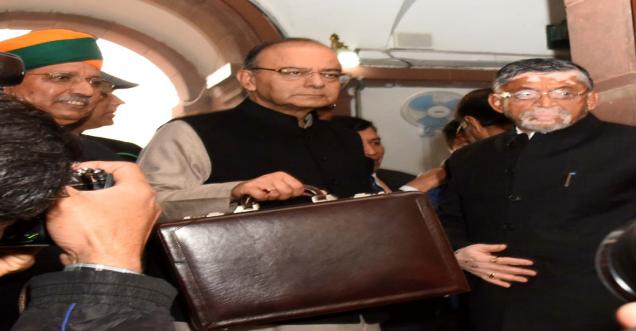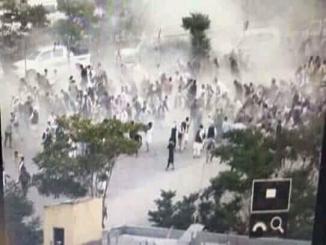
Pakistan, Islamabad: For Pakistan and any other country the first thing which will come in mind is the amount of money increased defence from the Budget India 2017-18 budget.
Finance Minister Arun Jaitley on Wednesday 1-1-2017, announced a more than 10% ( per cent) increase in the India’s defence budget for upcoming fiscal year.
India's defence budget was increased to 2.74 trillion Indian rupees. Pensions not included. Unlike the previous fiscal year's (2016-17) budget it was of INR 2.49tr. So there is a rise in the budget expenditure for India.
The allocation is about 12.78 percent of total government expenditure, which is INR/RS 21.47 trillion.
This is second consecutive increase of over 10 percent in the India’s defence budget, as this can be used for the ongoing modernization of military equipment and drive in military hardware.
If you exclude the pension component, the increase in the budget amounts to just 5.8 percent approx over the previous fiscal year.
Capital acquisition for the upcoming fiscal year is just over INR 0.86 trillion as compared to previous year's amount of INR 0.78tr. Around half the funds were returned.
Addressing parliament, Arun Jaitley called his fourth budget one for the poor.
India would also increase up spending on rural areas, infrastructure and fighting poverty, Jaitley said as he unveiled the annual budget, adding the impact on growth from the government's cash crackdown would wear off soon.
Arun Jaitley called India "an engine of global growth" however highlighted risks to its outlook from likely United States interest rate hikes, rising oil prices etc.
Prime Minister Narendra Modi's surprise decision last 8th November to scrap high-value banknotes worth 86 percent of India's cash in circulation has hit consumer demand, disrupted supply chains and hurt capital investments.
Jaitley Said, The worst of the cash crunch is now over, however, he expected that it would not spill over into the fiscal year starting on April 1.
A Recent survey showed business was slowly returning to normal.
Still, the finance ministry Arun Jaitley forecasts that growth could dip to as low as 6.5 percent in the current fiscal year to March, before it picks up slightly in the coming fiscal year to between 6.75 and 7.5 percent.
That is below the target rate of 8 percent or more that Modi needs to create enough jobs for the 1 million young Indians who enter the workforce in India each month. Half of Indias population in the nation of 1.3 billion is below the age of 25.
Jaitley said the government would hike capital investment by 25.4 percent. He also announced a 24 percent hike in rural and farm spending as part of Modi's commitment to double farm incomes over five years.
But there was no extra room in the budget to increase capital support for India's troubled state banks. Arun Jaitley said he would pump in 100 billion Indian rupees, in line with earlier plans.
Political dividends
Arun Jaitley's fiscal largesse will not only boost consumer spending, but may also increase up the fortunes of Modi's national party, the BJP in five regional elections for which voting begins on Saturday.
The electoral outcome, especially in the heart of India, the state of Uttar Pradesh that is home to one in every six Indians, would play a vital part in determining whether Modi can win a second term in 2019 or not.
Standard & Poor's has already warned that, at 68.5 percent, India's public debt-to-GDP ratio is still too high.
A slowdown in fiscal consolidation would also limit the room for monetary easing. Investors are betting that the Reserve Bank of India would lower its policy rate by another 25 basis points (bps) as early as next Wednesday.
The central bank has cut interest rates by 175 bps since January 2015 to 6.25 percent.
News Inputs from: Dawn












.jpg)














